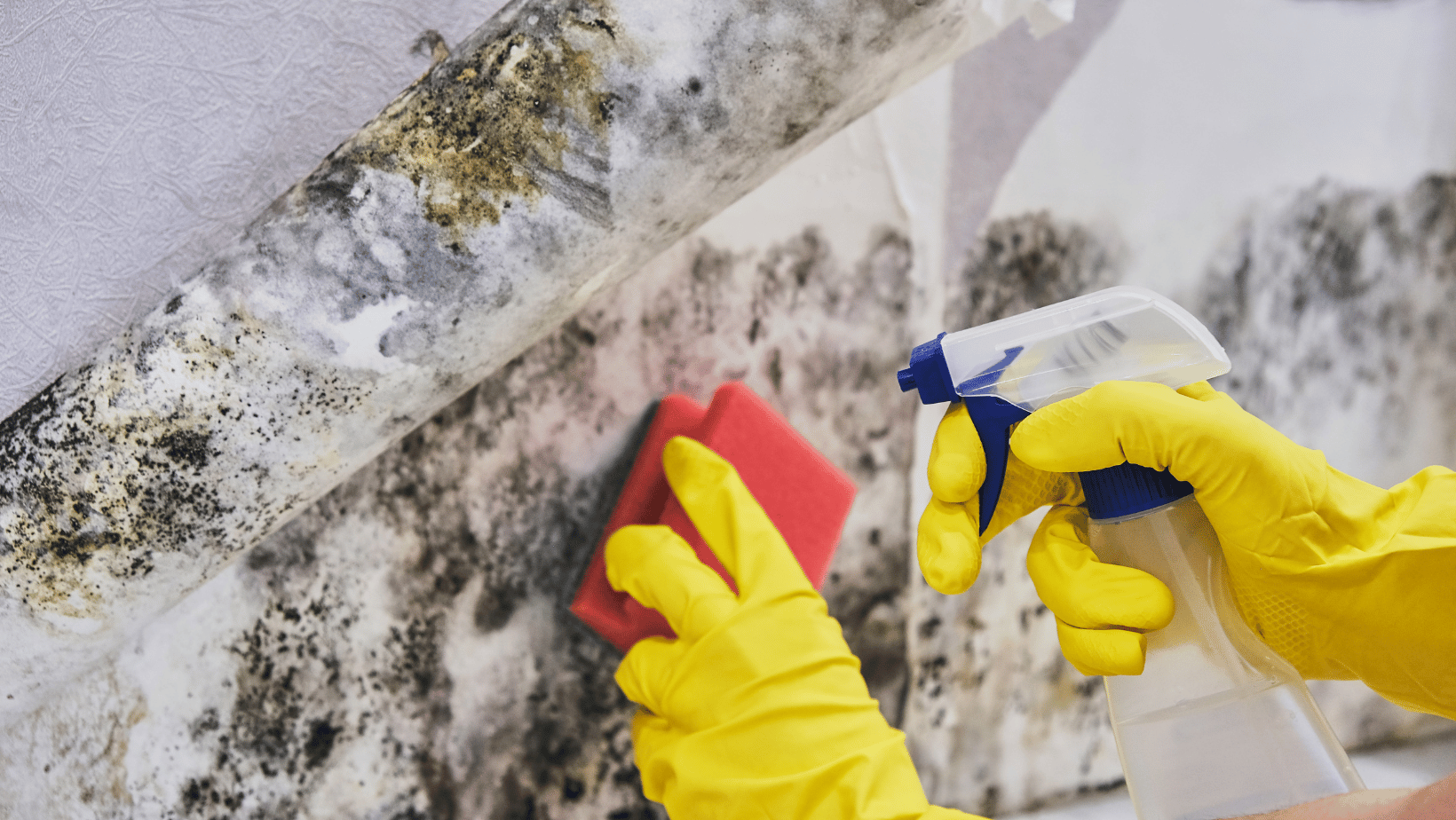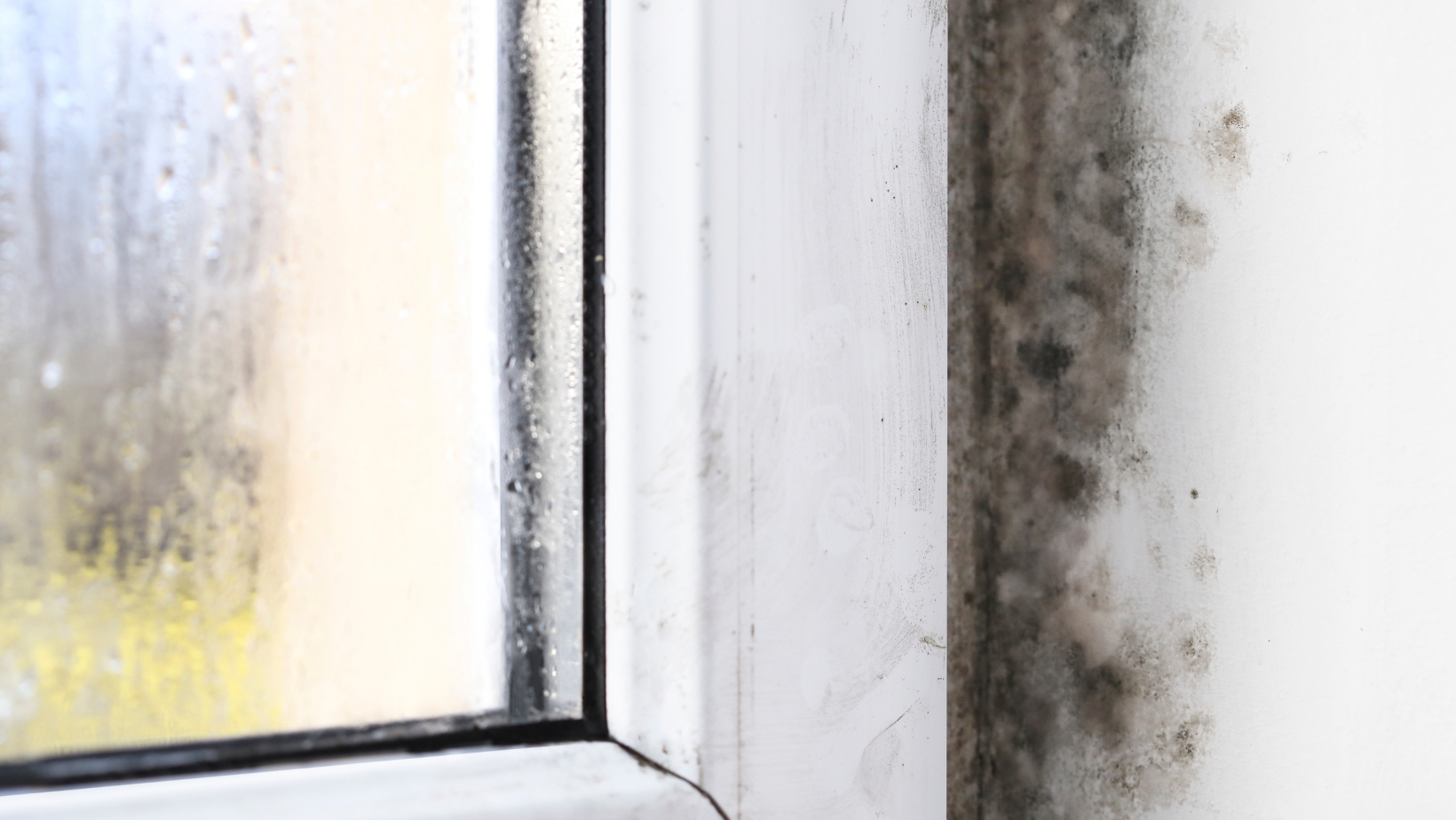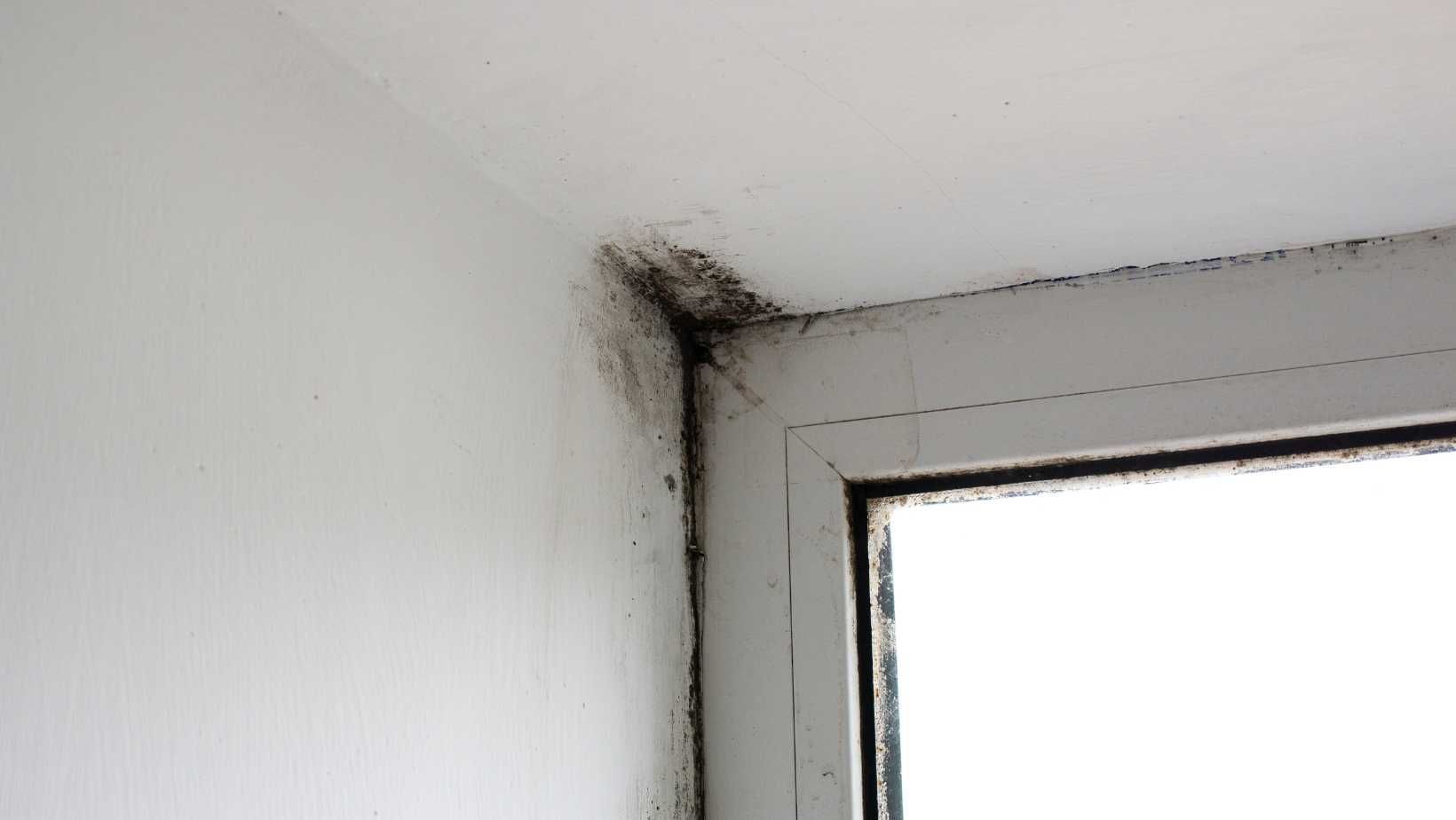Signs Of Mold Growth In Your Louisiana Home
Mold is an organic component of the outdoor environment. This means that a 100% mold free atmosphere is not realistic. However, the goal is to regulate indoor mold levels to be equal, if not lesser than the surrounding environment. There is also a difference between natural outdoor mold, and the mold that appears within a home. Outdoor mold is naturally occurring, while indoor mold issues are prompted by excess moisture issues inside the home. Mold is opportunistic, so when it has a chance to thrive in excess indoors, it will take that chance. This is when mold becomes an issue within the home.
How Does Mold Develop?
An indoor environment that is conducive to mold growth is dependent on multiple factors. The main one being moisture. Mold can not exist without a moisture source to feed off of. It is imperative that homeowners understand the conditions that are conducive to fungal development in order to avoid it. Moisture and humidity control are essential in an indoor environment if you want to prevent mold development. Moisture from excessive humidity levels, condensation and steam, and poor ventilation can all create an environment that is susceptible to mold growth.
Act Quickly When You See Signs Of Mold
As previously mentioned, mold is opportunistic. It will develop as quickly as 24 to 48 hours of moisture being introduced into the environment. It is essential that you do not waste time when identifying signs of mold in the home, because the longer you wait, the worse the damage becomes. Early detection and remediation is the difference between a quick cleanup job and severe property damage resulting in a costly, lengthy remediation process.
Visual Signs of Mold Development
Mold can appear in many different shapes, sizes and colors. It often appears as white, black, brown, grey or green, but that’s not to say that it can’t be other colors as well. It generally presents as a powdery, chalk-like substance that settles on surfaces in the home, or it can also present as little dark splotches on building materials. Oftentimes, mold is accompanied by staining and discoloration in the affected area due to the moisture damage. Other visual signs of mold include bubbling or peeling of wallpaper and paint, as well as suspicious discoloration or slight sagging of ceilings and floors.
Signs of Mold That Can’t Be Seen
More often than not, mold can develop in areas that are not outwardly visible. Underneath carpet, above ceiling tiles, or behind wallpaper and furniture lurks a lot of potential fungal growth. So how do you know there is mold in these areas if you can’t see it? Many of the biggest signs of mold are not even visible. Strong, off-putting odors with seemingly no source can be a cause for suspicion. Be aware if you are noticing any unfamiliar odors within the home when on the lookout for signs of mold.
Mold can also cause allergic reactions in people with sensitivities. If you or someone in your family has been experiencing allergies within the home, mold could be the cause. Symptoms of allergic reactions to mold can vary from person to person, but the general symptoms to look out for include:
- Itching, rash, or swelling
- Respiratory trouble such as asthma flare ups or shortness of breath
- Irritation of the skin, eyes, nose, or throat
General Moisture Damage
If your home has experienced moisture damage, this could create an environment conducive to mold growth. Whether it be something larger like a flood or a leak, or something as seemingly small as excess humidity, it needs to be addressed promptly. In order to avoid severe fungal growth, any moisture damage should be dried out as soon as possible, and indoor humidity levels should be kept between 35% and 50%. Employing proper ventilation throughout the home can also significantly reduce the potential for excess moisture buildup.
What To Do After Finding Signs of Mold
If you identify signs of mold within your home, you should reach out to a professional mold remediation company in your area. As previously mentioned, time is of the essence when it comes to mold remediation. The longer you wait, the worse the damage can get. Certified mold remediation experts in your area will be able to assess the situation and handle it quickly and efficiently. Early detection is the best case scenario when identifying fungal growth, so take time out of your routine to regularly check for signs of mold in your home.
Found signs of mold in your Louisiana home? Call DryMax today to schedule an inspection!
You might also like
DryMax Mold Blogs




